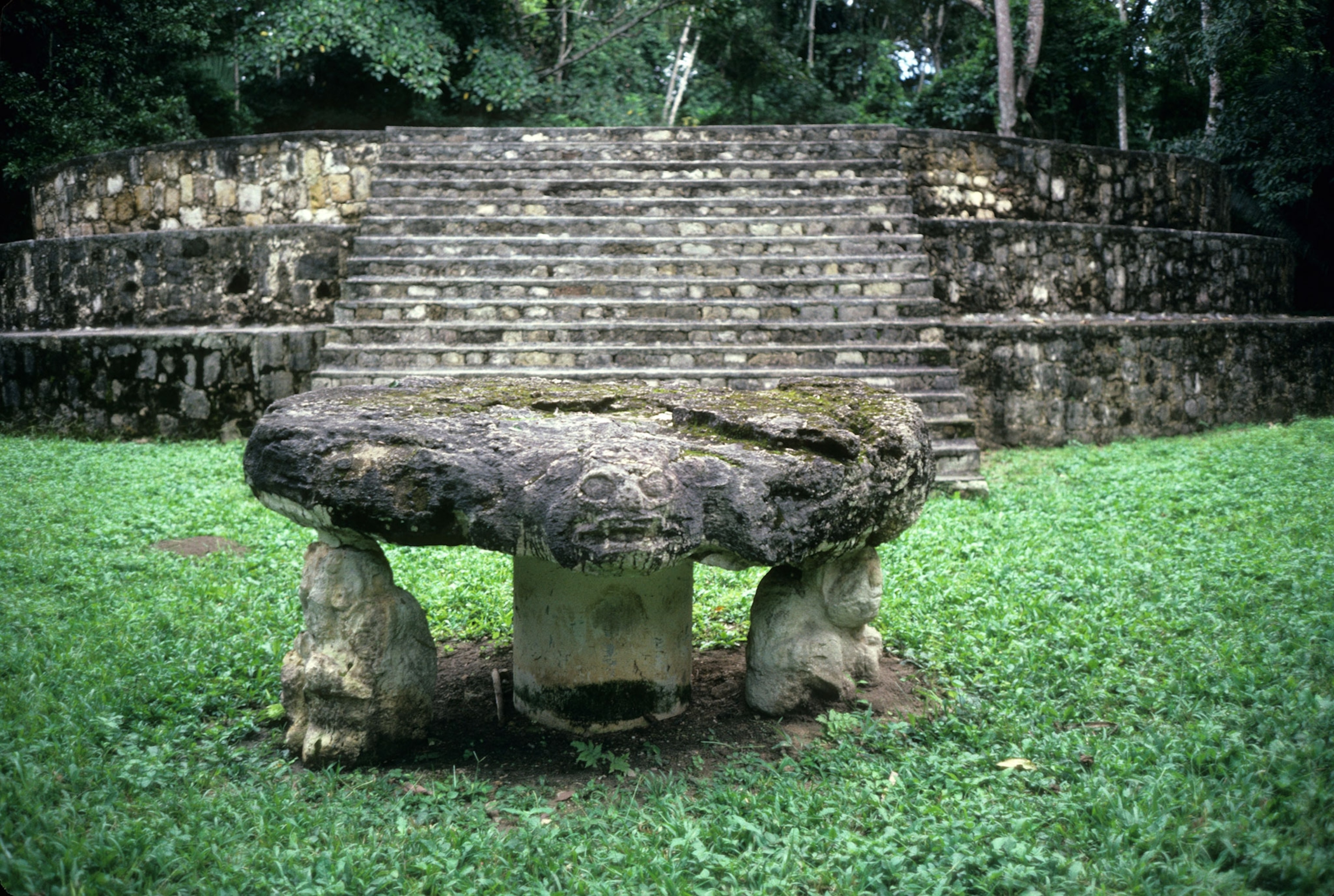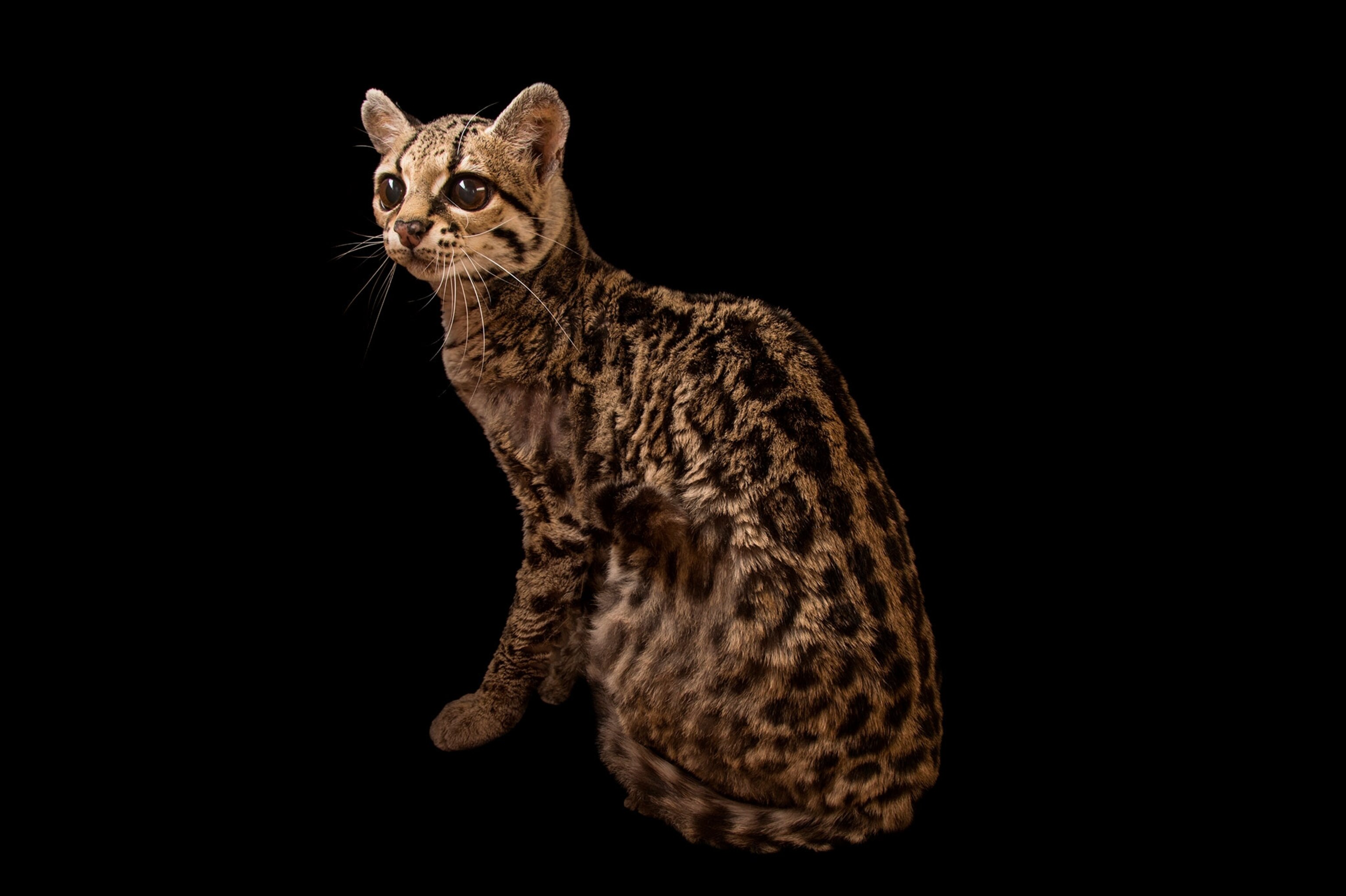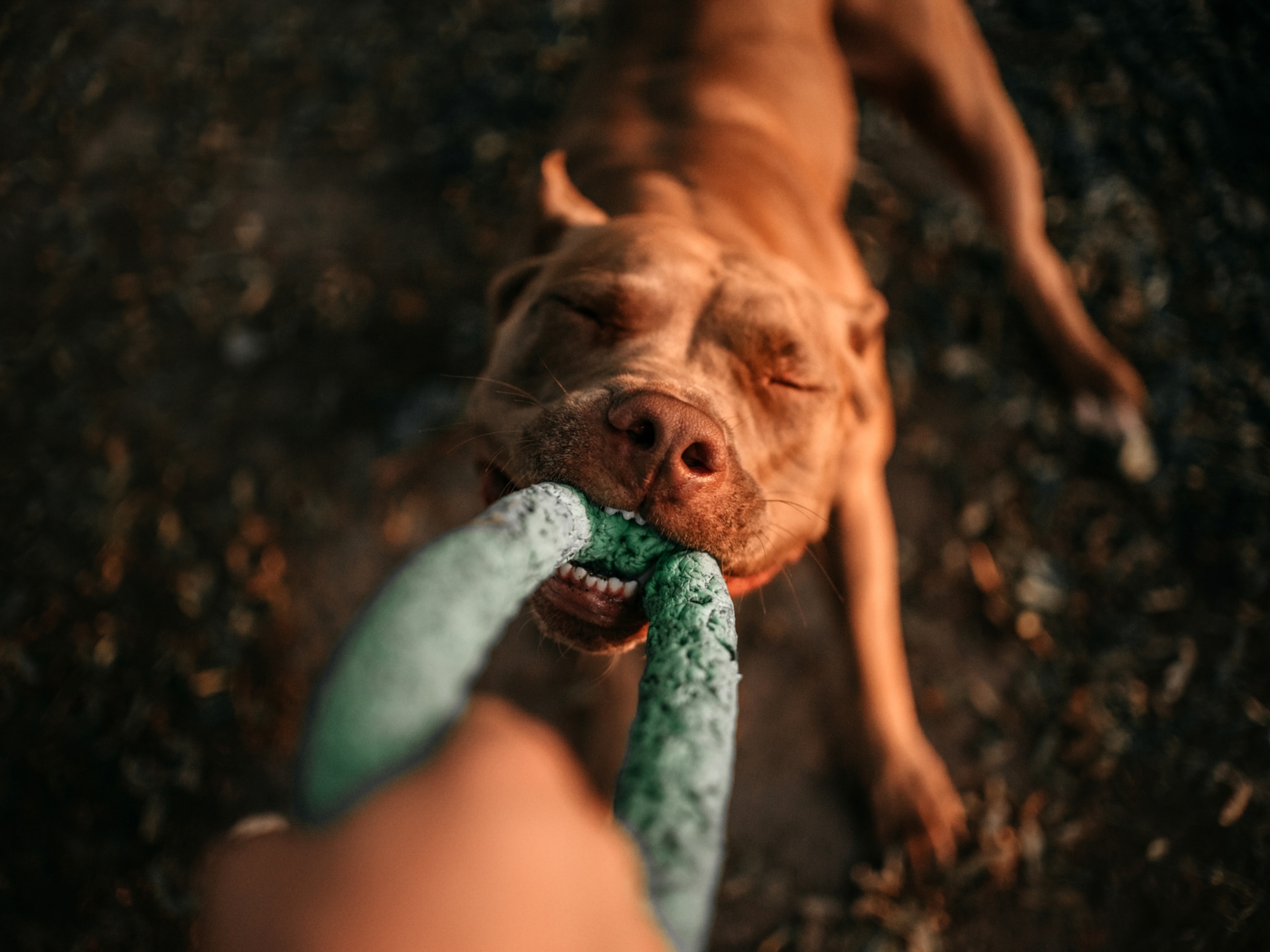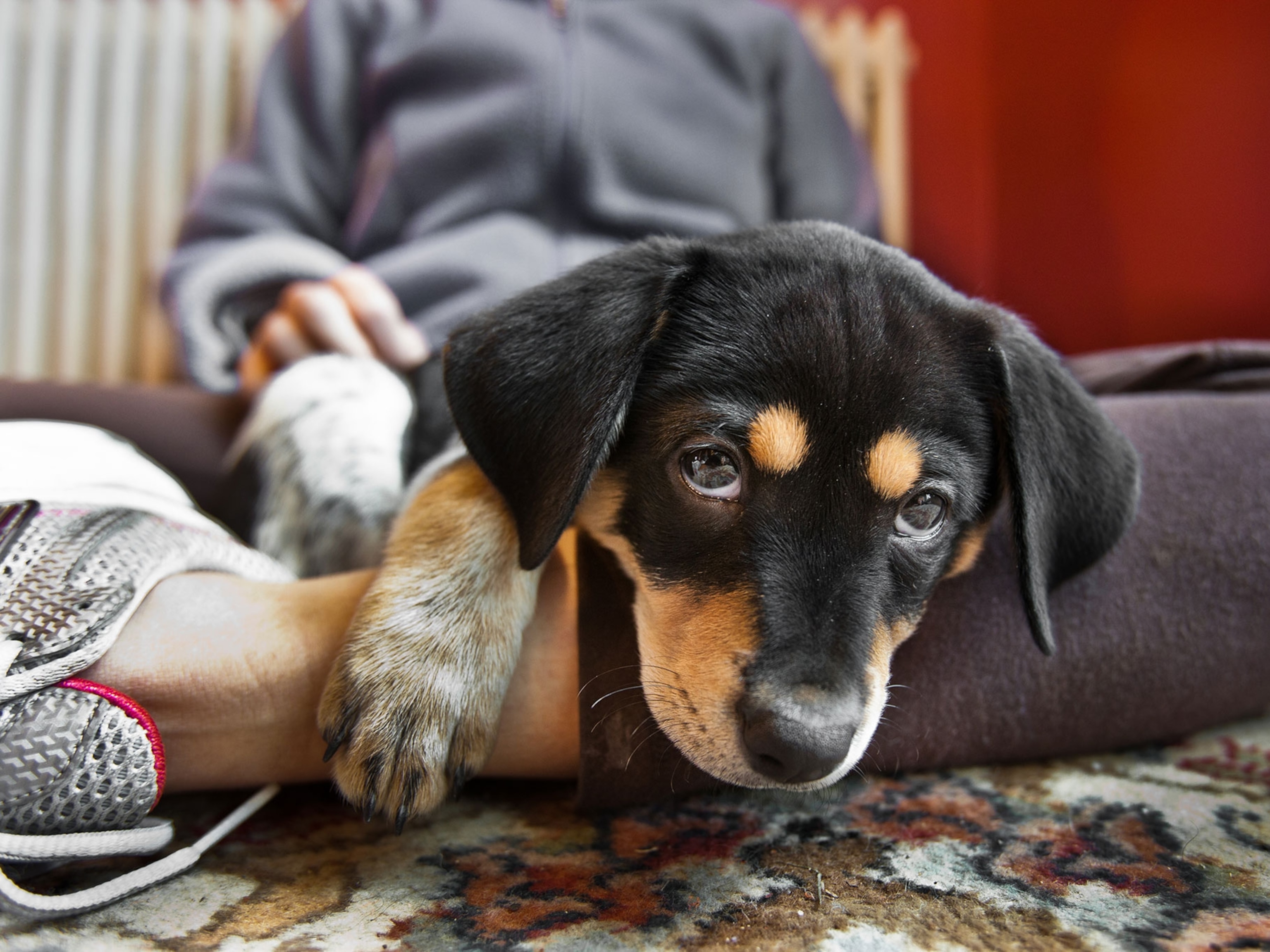
Ancient Maya Dog Trade Goes Back 2,400 Years
A study of bones and teeth shows that the animals were transported from distant regions and played an important role in ceremonial sacrifices.
Bones and teeth from a 3,000-year-old Maya site in Guatemala now offer some of the earliest evidence in the Americas for the trade in, and management of, animals. The discovery reveals that ceremonies involving the sacrifice of captive animals may have played an important role in the development of Maya society.
Where scientists looked:
In many parts of the world, animal domestication played an important role in feeding growing cities and societies. For instance, European and Asian cultures started raising animals such as pigs for food as far back as 9,000 years ago.

Not so in ancient Mesoamerica, however, where evidence shows that groups like the Maya cultivated crops but raised very few animals, mostly dogs and turkeys. Without the economic and political activity that comes with animal management, how did Maya society develop?
What they discovered:
In work presented today in the journal Proceedings of the National Academy of Sciences, researchers examined bones and teeth excavated at Ceibal in Guatemala. This site offers some of the earliest evidence for Maya ceremonial activity. They found dog and cat bones and teeth from areas around Ceibal's central plaza, which are dated to the Middle Preclassic period (700-350 B.C.). That’s centuries earlier than previous evidence of Maya animal management.
What the study revealed:
Researchers tested the remains to determine the ratio of various isotopes present. Higher carbon isotope levels would indicate that the animal consumed a lot of domesticated corn (or corn-fed animals) over its lifetime, while lower levels would indicate that it ate more wild plants.
The analysis revealed that all of the dog remains had high carbon isotope levels, suggesting that they had been fed corn-based diets. The remains of a large cat, possibly a jaguar, also had a similar diet. (Other cats found in later excavation levels at Ceibal were shown to have dined on local jungle animals.)
The isotopic signature also revealed that 44 of the 46 sets of animal remains came from creatures that were born locally, while two of the dogs came from a drier, mountainous area far from the southern lowlands of Ceibal. One of the non-local dogs and the large cat were deposited in pits beneath a building in Ceibal's ceremonial center around 400 B.C.
Why it's important:
The results suggest that the animals were used for ceremonial activities that occurred while Ceibal was becoming a regional center of political power, the scientists note. So while the Maya weren’t using animals as major part of their agricultural practices, trading in and actively rearing animals for ceremonial use would have promoted economic growth as well as political development and likely played an important role in the development of Maya civilization, the researchers suspect.
"In Asia, Africa, and Europe, animal management went hand-in-hand with the development of cities," says study coauthor Ashley Sharpe, an archaeologist at the Smithsonian Tropical Research Institute. "But in the Americas, people may have raised animals for ceremonial purposes. The growth of cities doesn't seem to be directly tied to animal husbandry."




